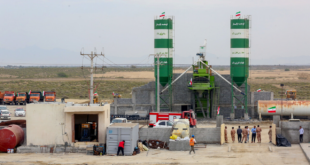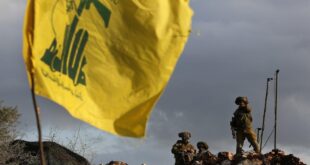Between 2019 and 2020, Southeast Asia reported 530 natural hazards — from earthquakes to cyclones and floods. COVID-19 has significantly heightened the financial constraints on the disaster management sector, with only 38 per cent of UN appeals for emergency response funding met in 2021. With the likelihood of concurrent disasters only increasing, the pressure to finance ASEAN’s disaster management is increasing.
With the pandemic causing a global economic downturn, uncertainties regarding the funding support of partners threaten ASEAN’s disaster management. ASEAN should explore unconventional financing mechanisms and instruments to support its disaster-related operations, including market-based and technology-driven solutions.
The current funding arrangements for ASEAN’s disaster management relies heavily on member state contributions and external partners. The limitations are increasingly evident. The ASEAN Disaster Management and Emergency Response (ADMER) Fund was established to fund disaster-related work and is solely reliant on voluntary contributions from member states, but it only accounts for a modest share of overall spending on disaster management. The ASEAN Coordinating Centre for Humanitarian Assistance on disaster management (AHA Centre) had a revenue inflow of US$4.3 million in 2020 — US$900,000 from the annual equal contributions of member states, US$2.7 million from external partners and US$36,800 from the ADMER Fund.
ASEAN has initiated several reforms and innovations to generate funding within the region. It endorsed a concept paper on the Strategic and Holistic Initiative to Link ASEAN Responses to Emergency (ASEAN SHIELD) in August 2021. One strategic component outlined in the concept paper was to link the people of ASEAN to regional relief and recovery efforts by promoting a participative and socially responsible community. This will involve establishing a platform that will enable the peoples of ASEAN to contribute during natural disasters, such as through the ADMER Fund.
The capital market has also provided solutions to the financial challenges facing disaster management in ASEAN. The Philippines had its first two sovereign catastrophe bonds, worth US$225 million, issued by the World Bank in 2019. The bonds provided financial protection against losses from earthquakes and tropical cyclones for three years, strengthening the state’s long-term disaster management capacities. This process could be replicated at the regional level through ASEAN.
ASEAN and its member states may consider issuing diaspora bonds, which refer to bonds sold by the home country to its citizens overseas, to finance disaster management projects, particularly those in the phases of emergency response and recovery. Past experiences have shown that diaspora communities are a major source of financing in developing countries. ASEAN member states like the Philippines and Myanmar have large expatriate populations, with the percentage of remittances in their respective GDPs higher than the world average. This represents a vast pool of financial resources for disaster management that can be used to systematically increase the contributions of private remittances and donations to disaster resilience.
Financial technology is another driver of innovation in disaster financing. Crowdfunding — the practice of raising small amounts of money from a large number of people to fund a project or venture — has been considered by some practitioners as a possible addition to the existing financing mechanisms. Compared with the established traditional funding mechanisms, crowdsourcing is fast and timely in flow. Given the fast-growing financial technology industry in the region, ASEAN should consider partnering with such companies to create safe and facilitative platforms for crowdfunding in times of disaster.
While ASEAN is exploring alternative sources of funding, it must prioritise issues around trust, transparency, accountability and effectiveness. These weaknesses can lead to a reluctance to embrace new financing instruments and schemes. As a trusted agent in the region, ASEAN can assume the role of convening, moderating and providing recommendations on disaster-related bonds and crowdfunding projects. Collaboration with reliable international partners can also ensure credibility for disaster financing projects. The World Bank–Philippines catastrophe-linked bonds (CAT Bonds) — a collaboration between the Philippines, Singapore and the World Bank — highlights how ASEAN member states can jointly find market-based solutions with the support of international development partners.
With the financial stresses that COVID-19 is causing in the disaster management sector unlikely to ease soon, ASEAN must ensure its financing avenues are secure. ASEAN should use the opportunities that have opened up during this time through avenues such as advances in technology or the private sector, rather than rely solely on the traditional sources of funding. Only then can the regional grouping increase its financial sustainability. This will improve the overall resilience of its disaster management ecosystem in the long term.
 Eurasia Press & News
Eurasia Press & News



